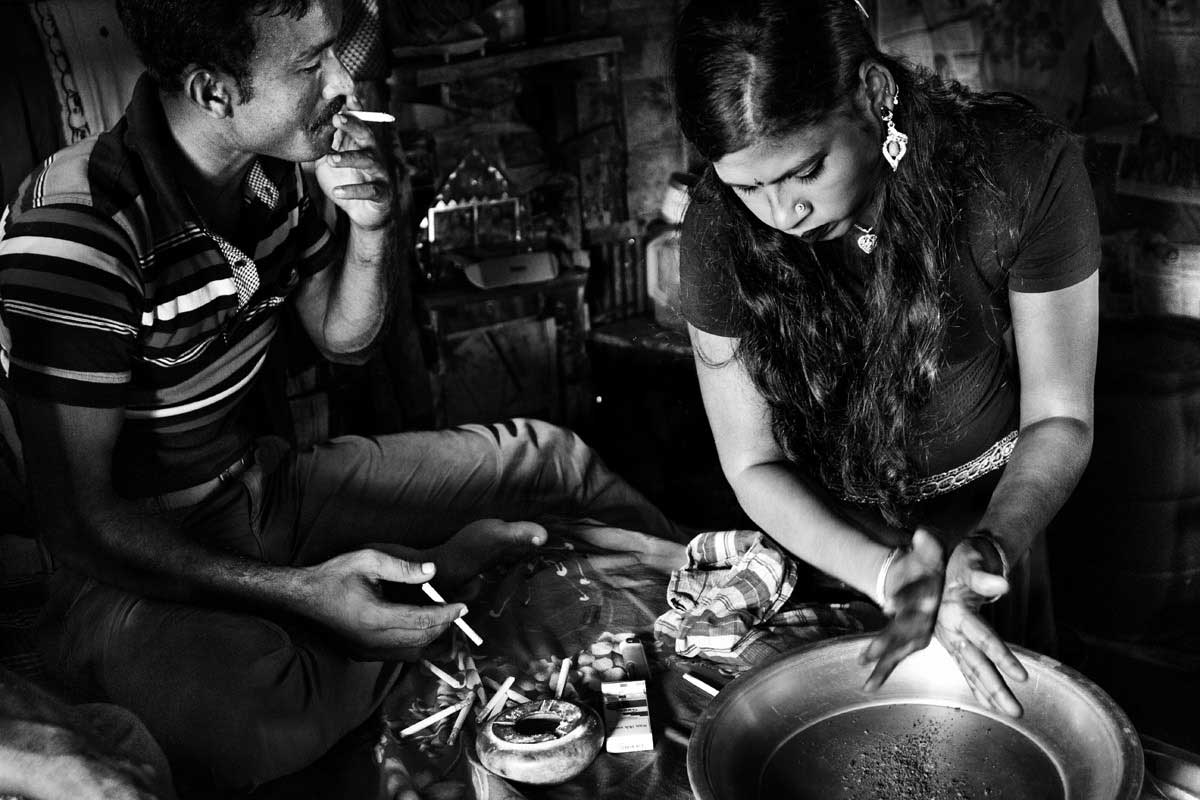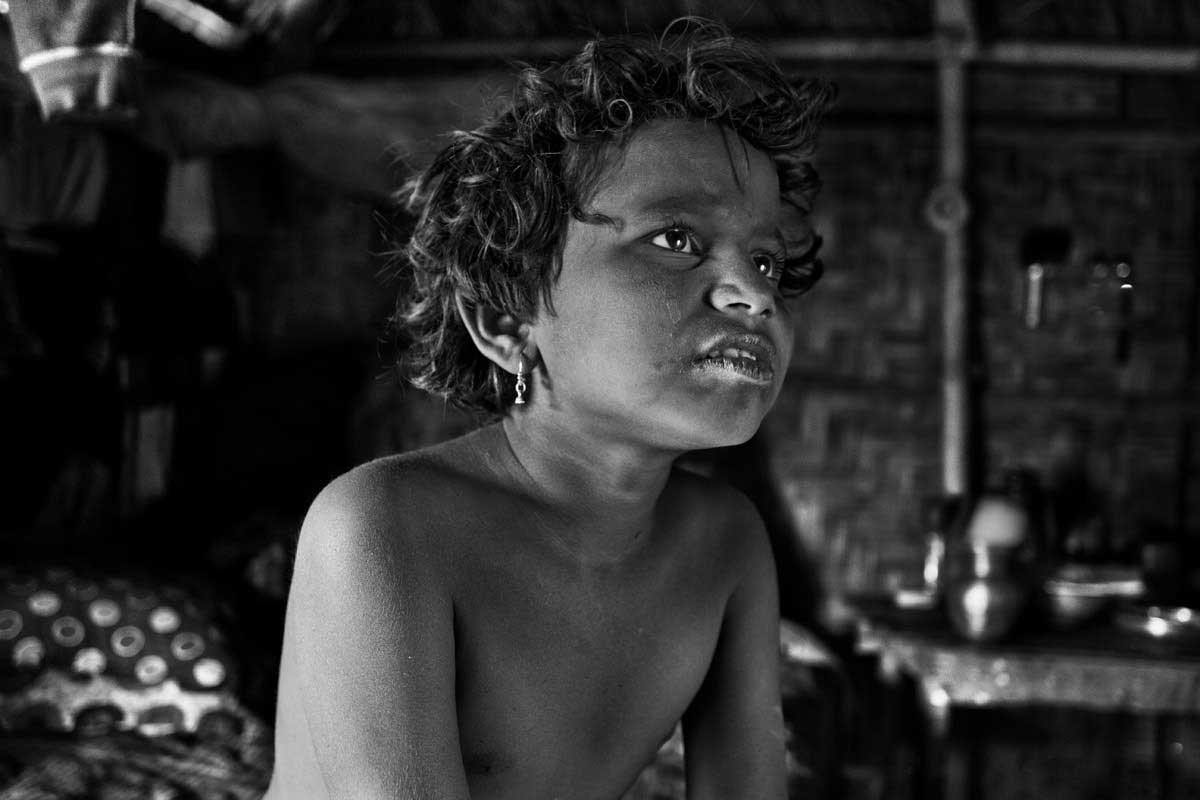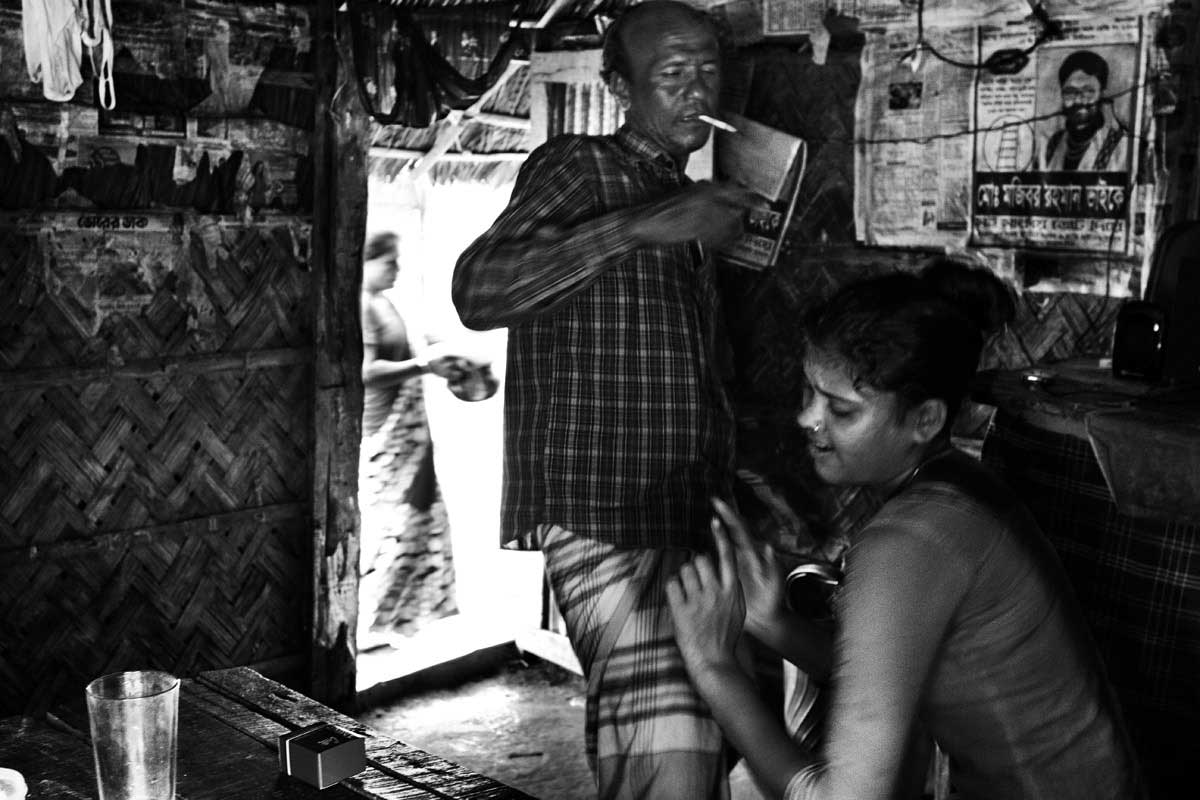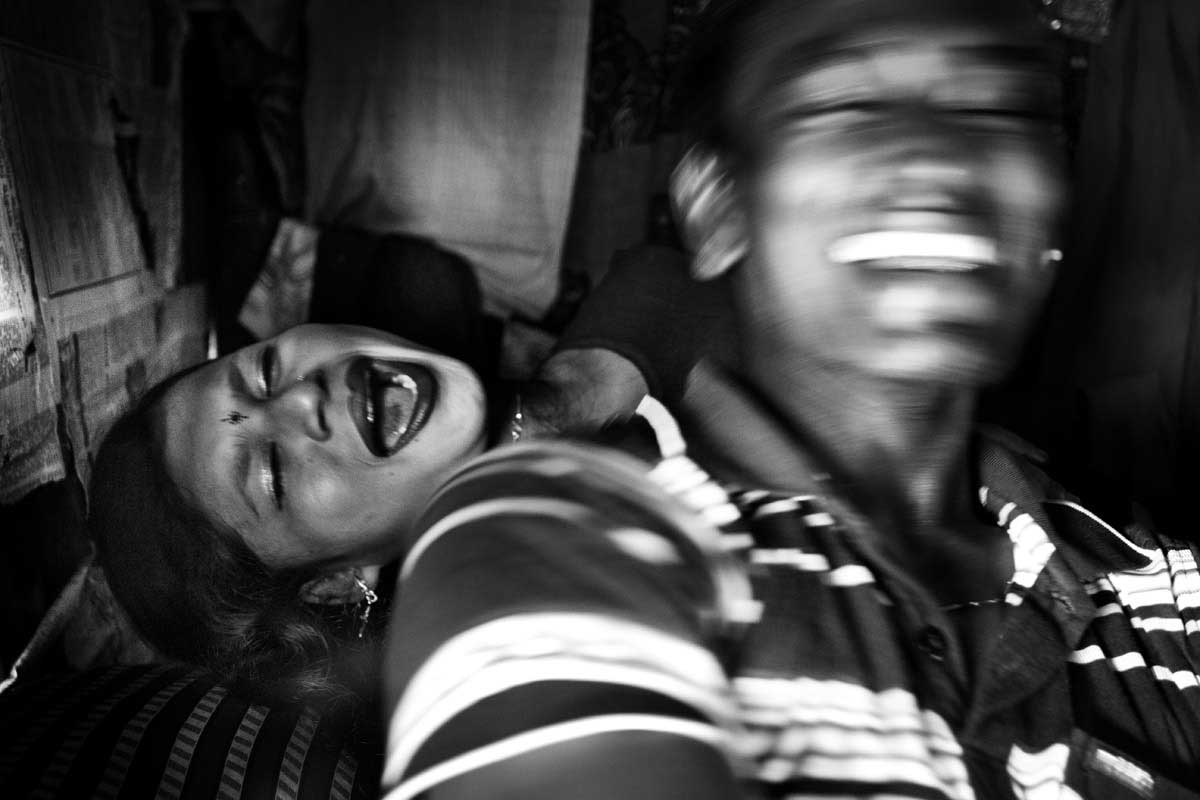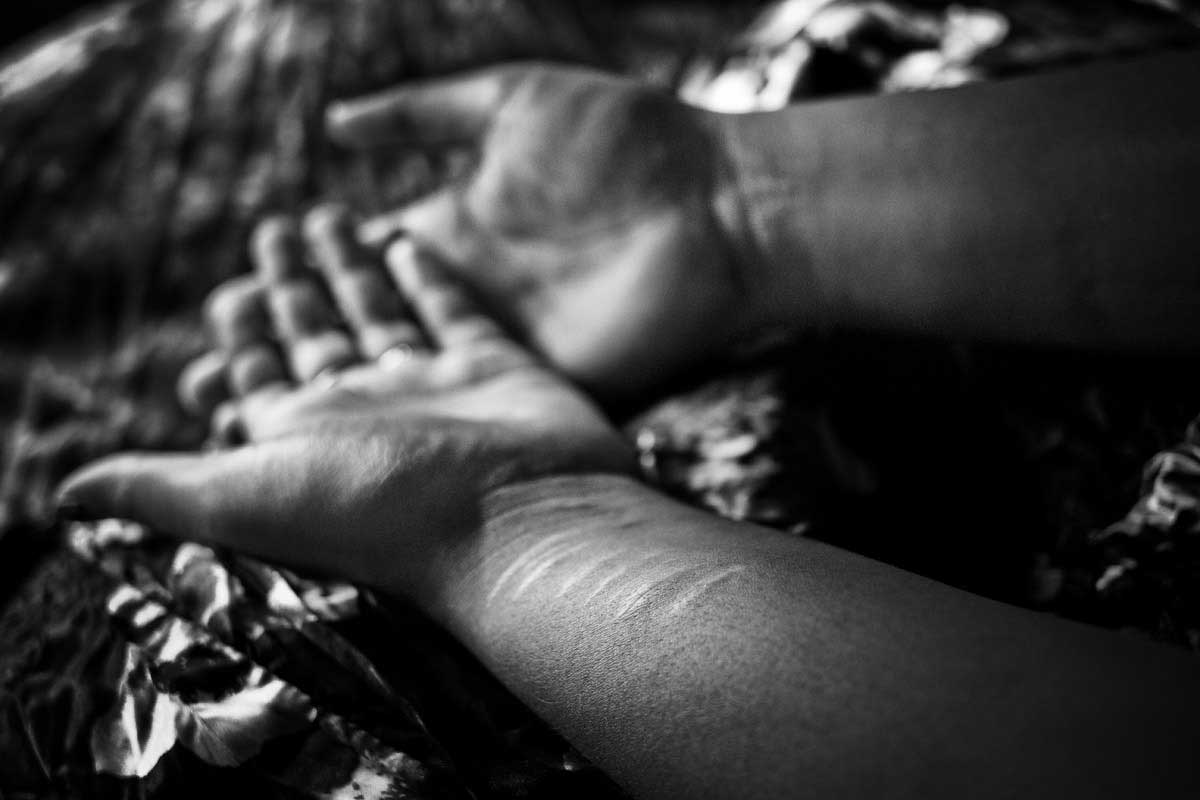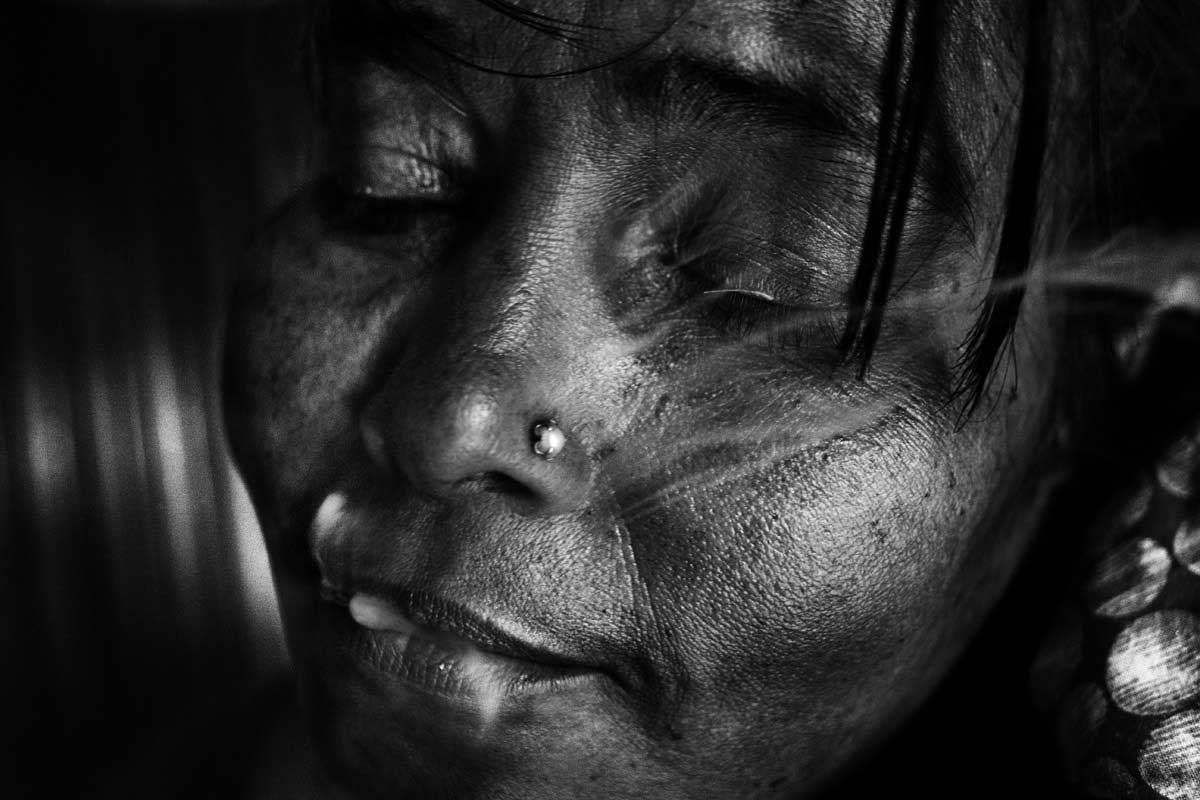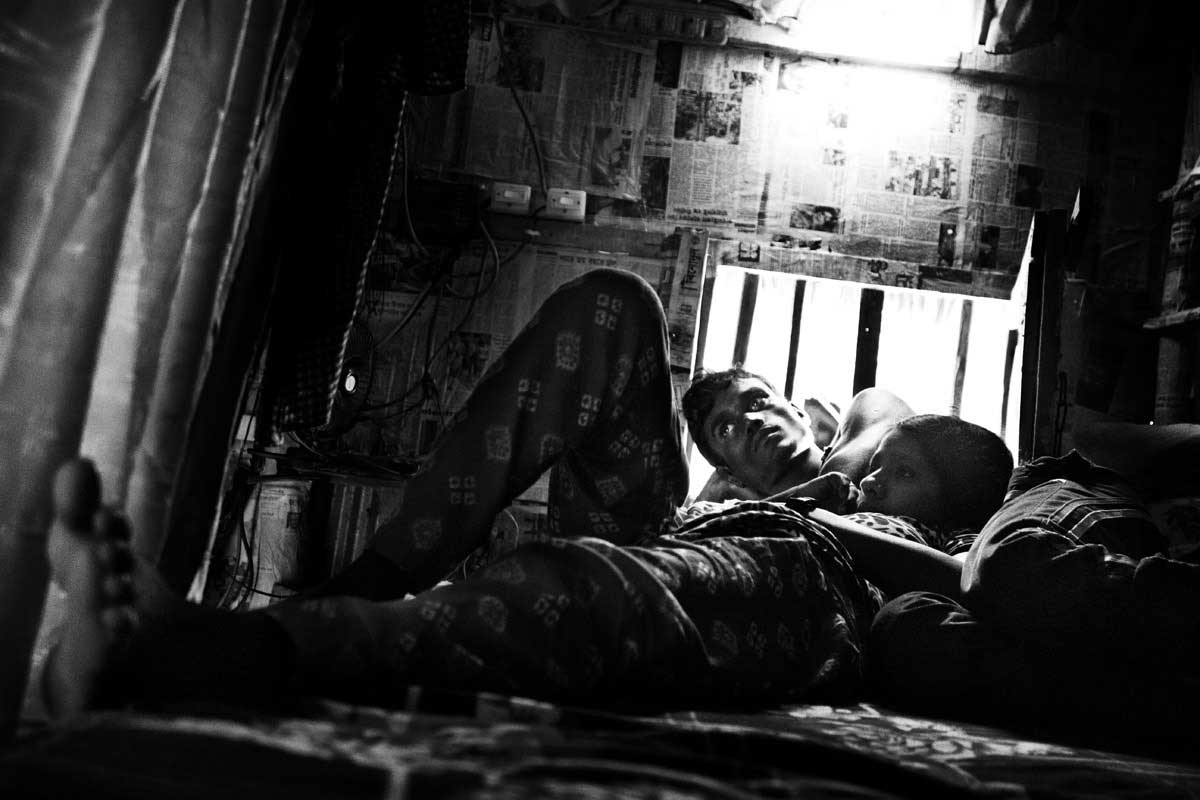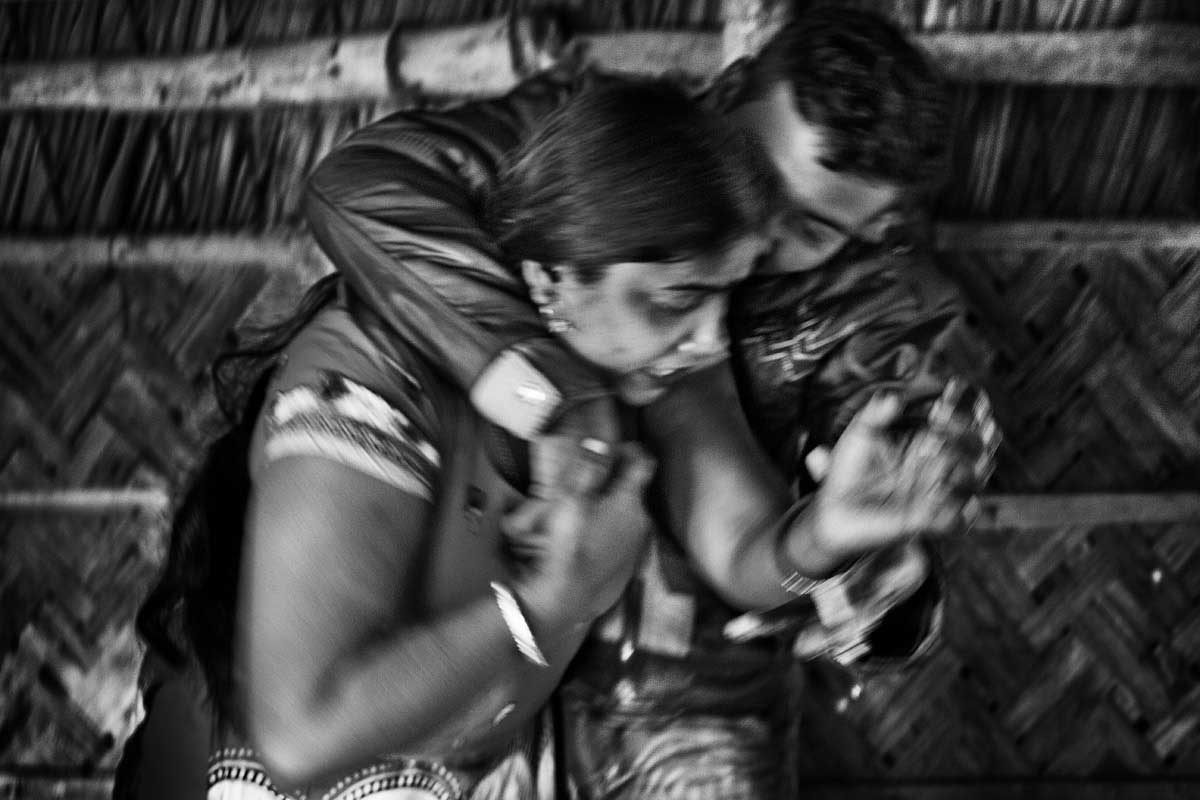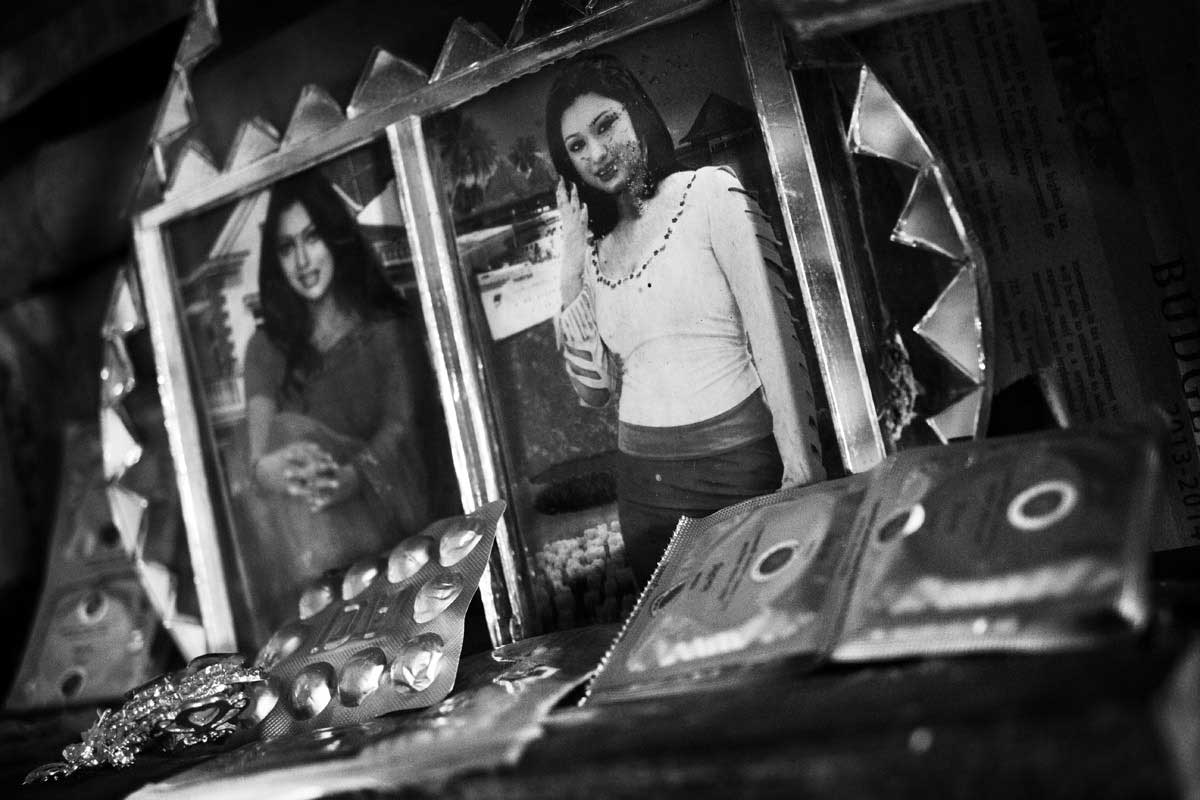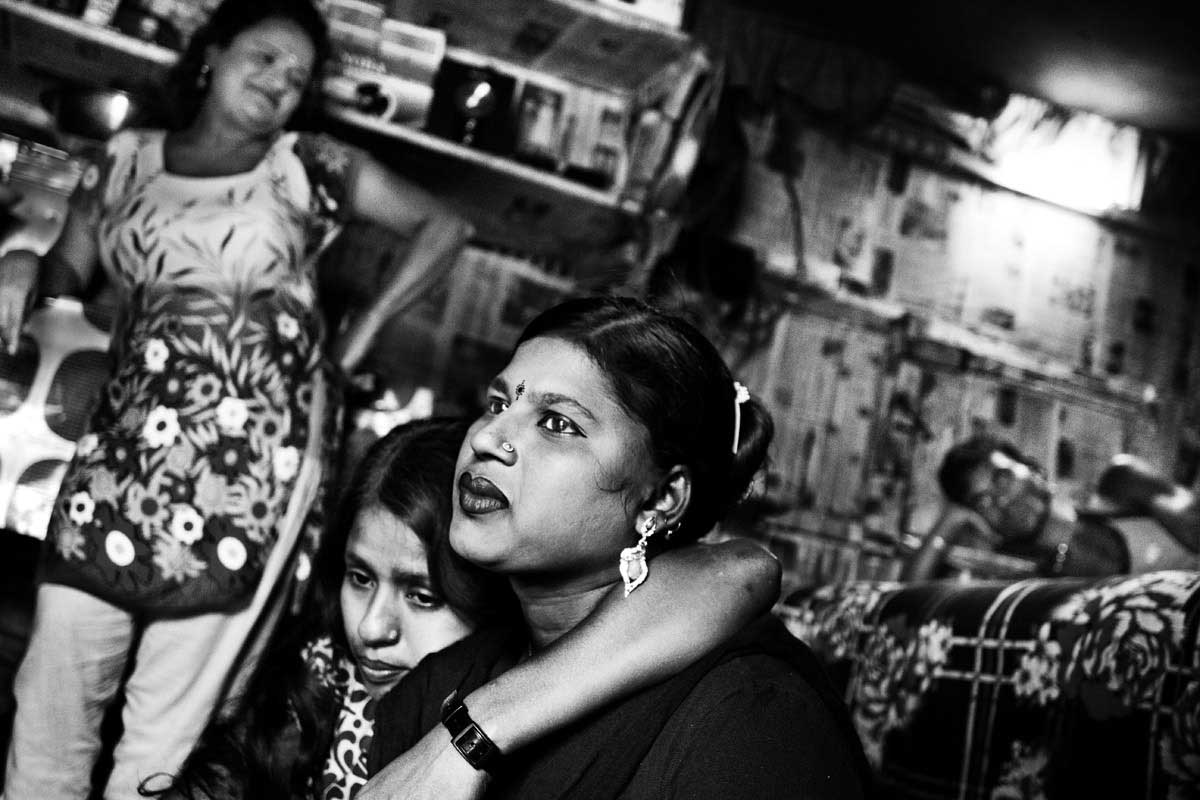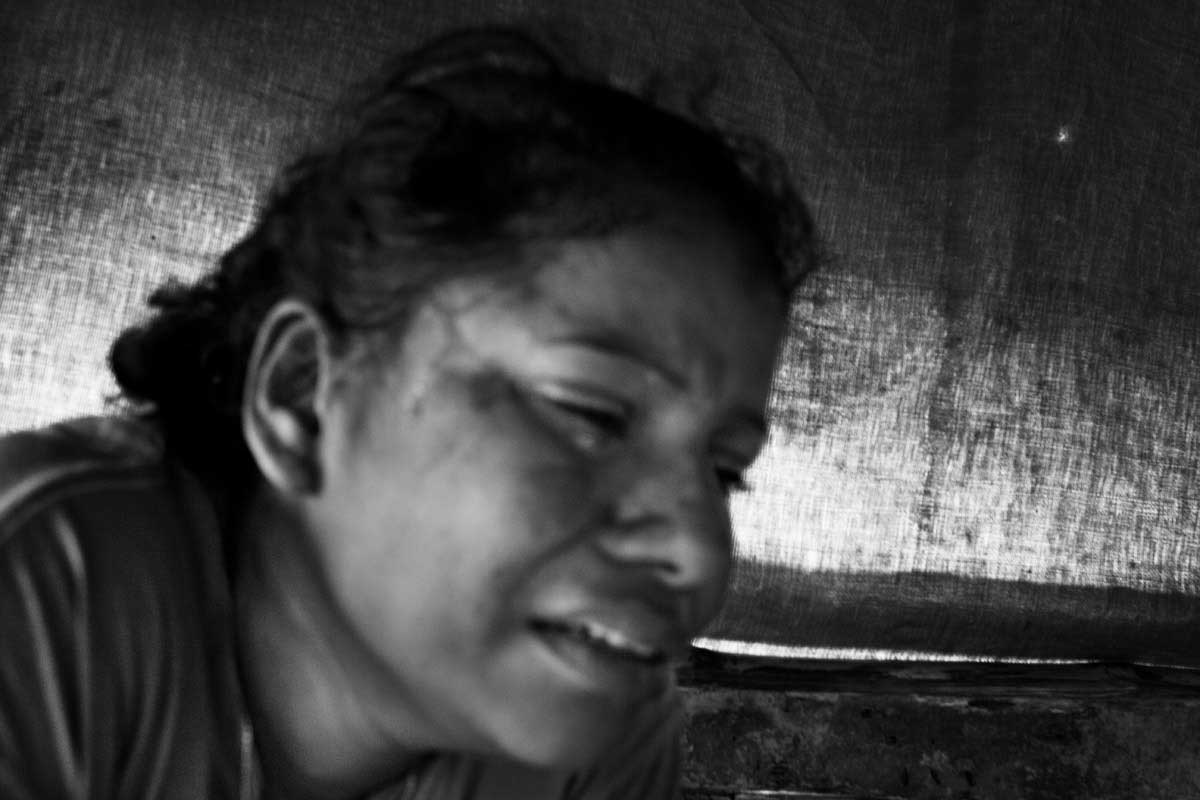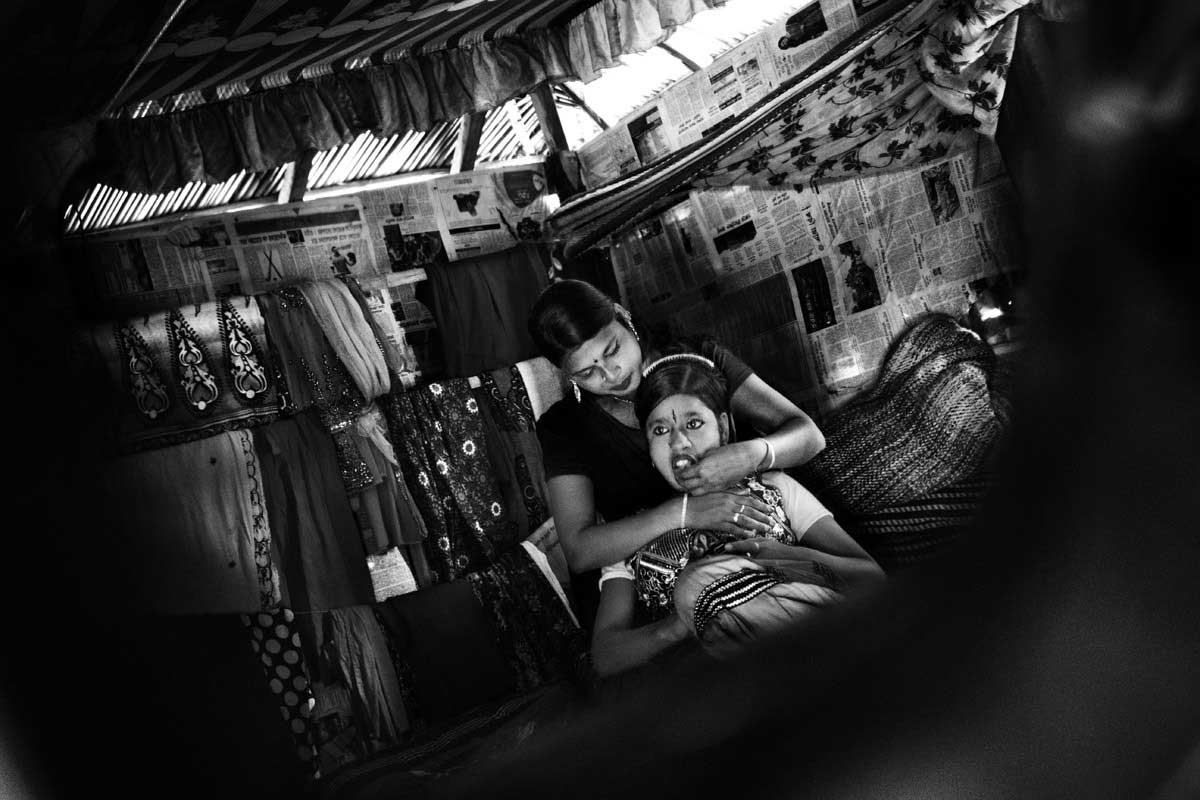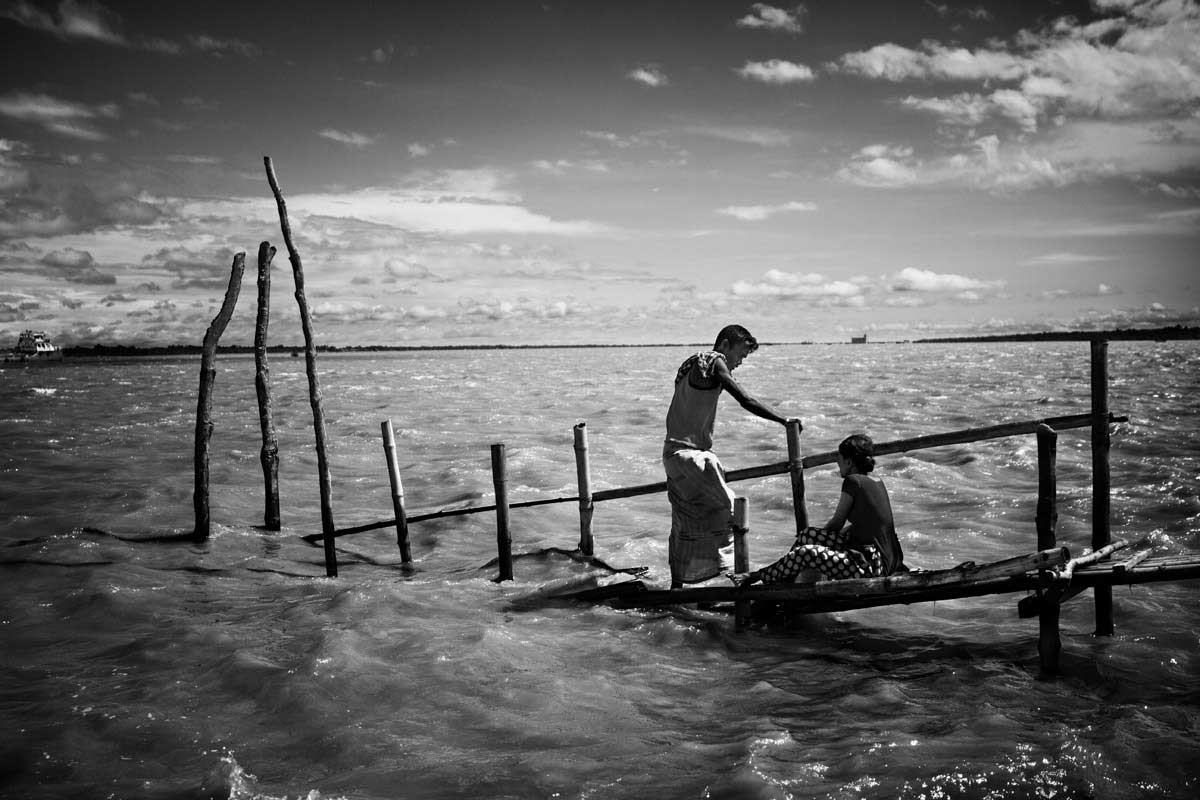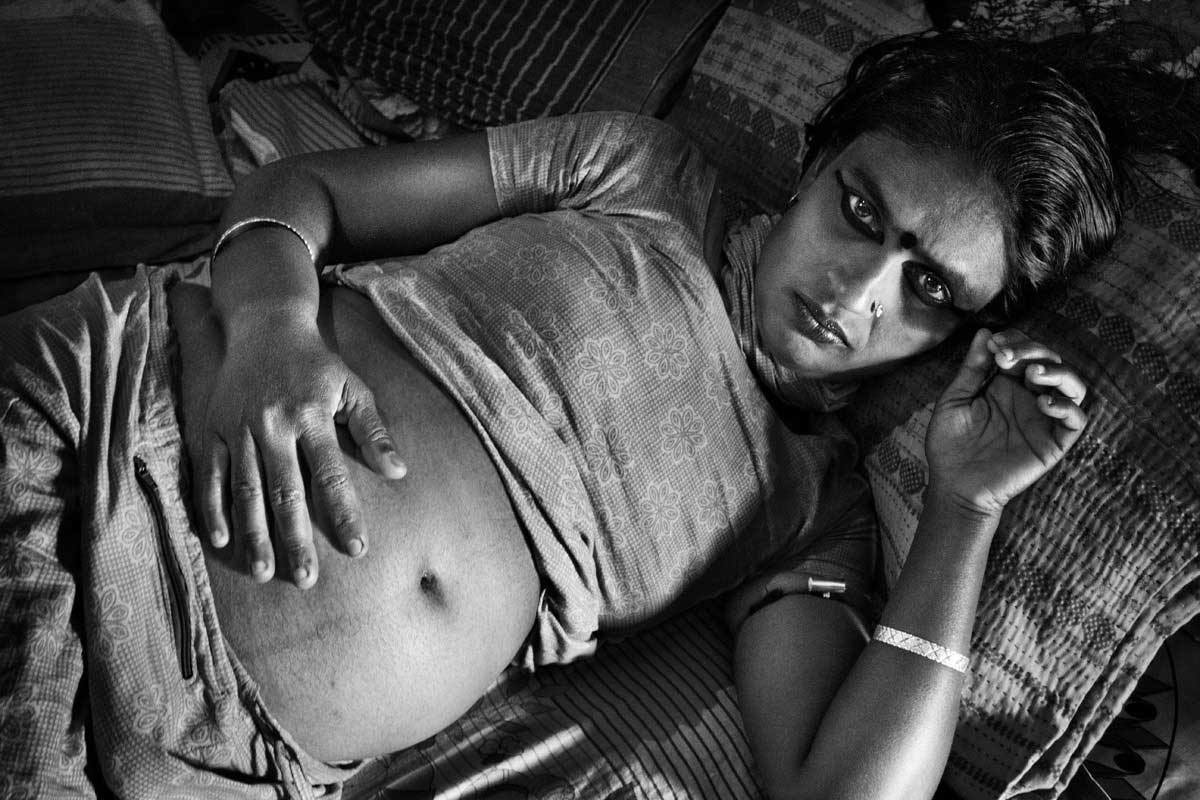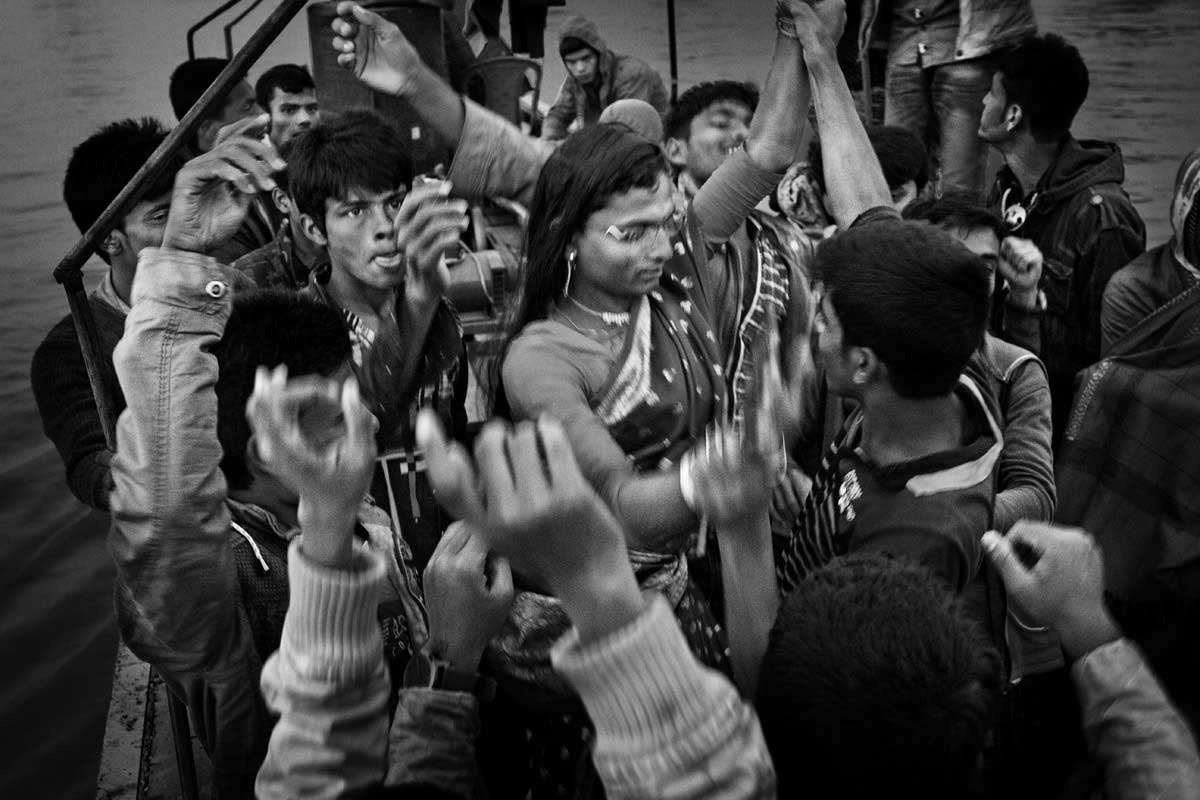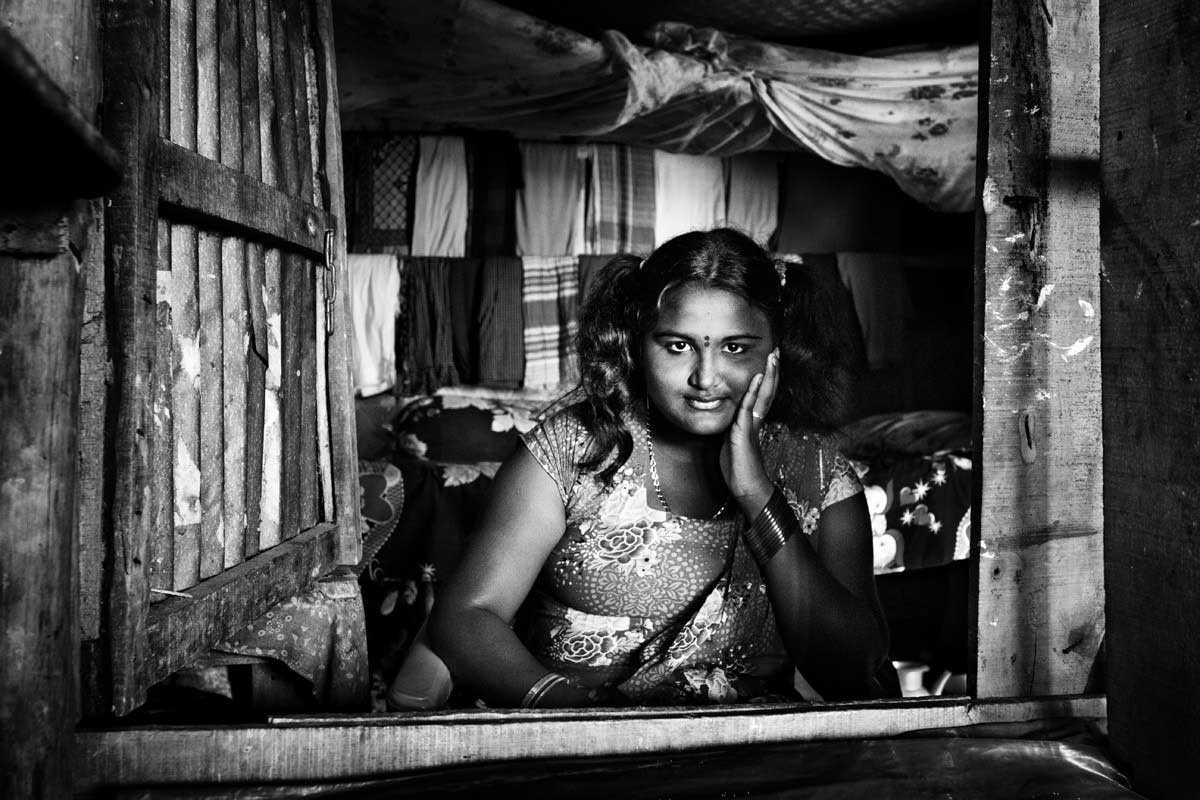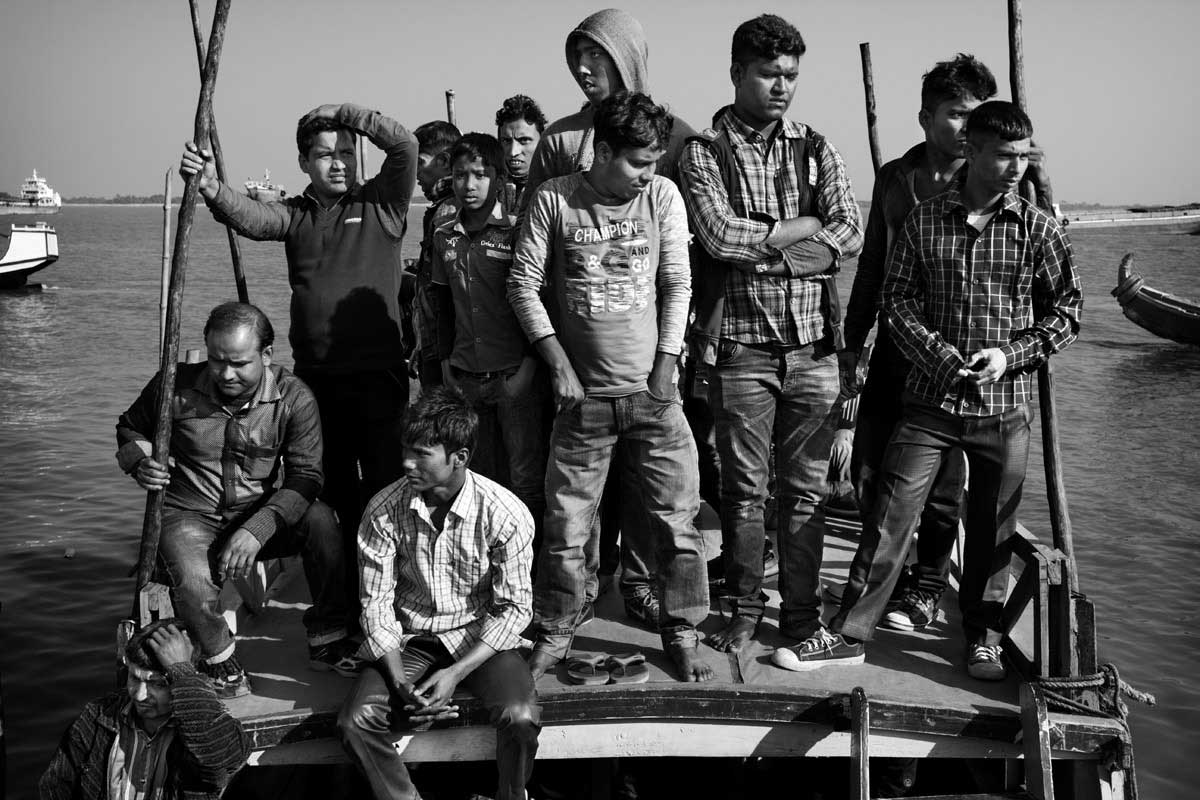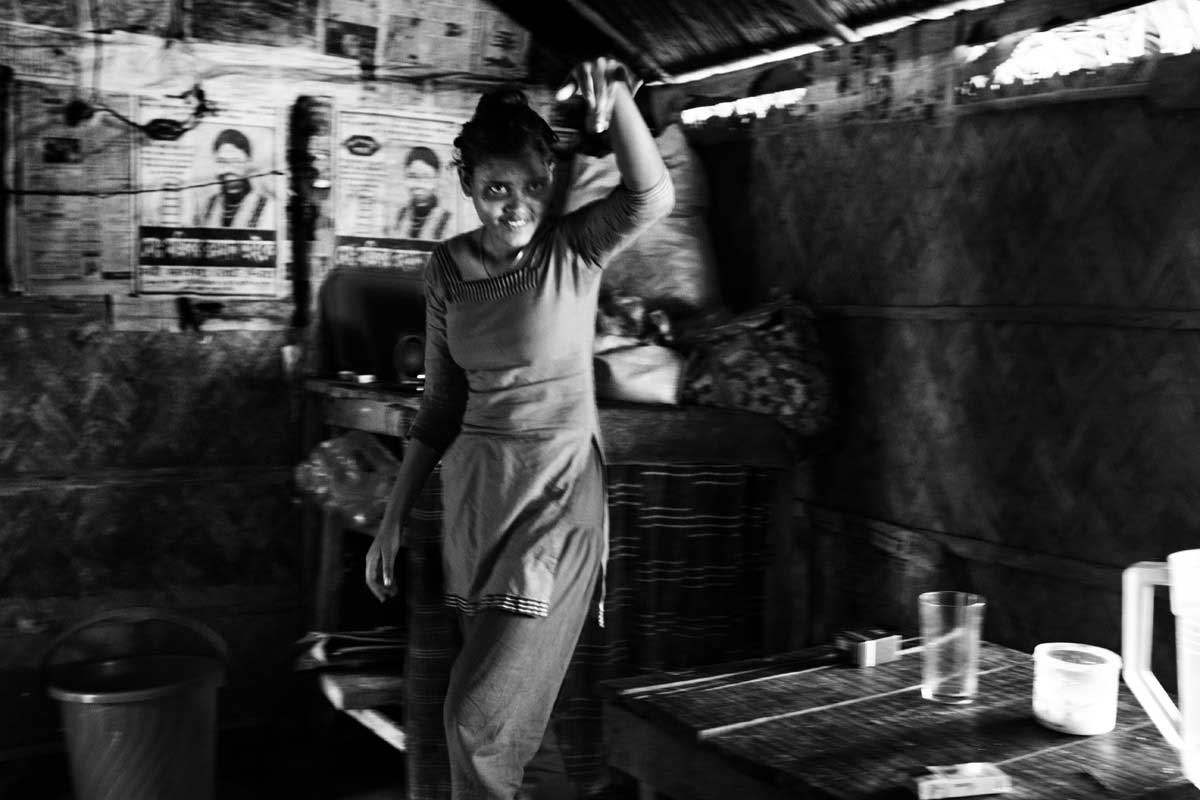Her name was Reena.
It did not matter that she was only twelve, nor did it matter that all she wanted was to survive the streets of Chittagong in Bangladesh, after being thrown out by her stepfather.
All that mattered was that she had a body men would pay for. The trap was easy enough; she was desperate for a job and met a lady who promised her a job selling garments in Dhaka. She never made it to Dhaka. She was taken to Banishanta Island instead, sold to a Madame, and there they took her name and like so many before her, took her innocence and made her a faceless, nameless statistic deprived of money, honour and freedom.
Banishanta – located on a small riverbank village in Mongla, southern Bangladesh, is one of twenty legal brothels in the country. Populated by women who ‘do not exist,’ many in their young teenage years, who never imagined themselves destined to a life as sex slaves. Sold, kidnapped or coerced, most are unregistered at birth and possess no passport or document with which to identify them. A fact that makes it nearly impossible for them to leave the island in search of a better life when they are no longer of value to their Madame. Their only solace, in the end is to retreat into their own imaginary world, where they wish to find at least some form of protection. Drugs and alcohol are part of the daily routine as a means to escape the pain of their existence.
The girls are isolated in Banishanta, so they are forced to learn to live in each other’s company – they form friendships and ‘families.’ But this is all a make – believe front for their sanity. In truth every girl lives alone.
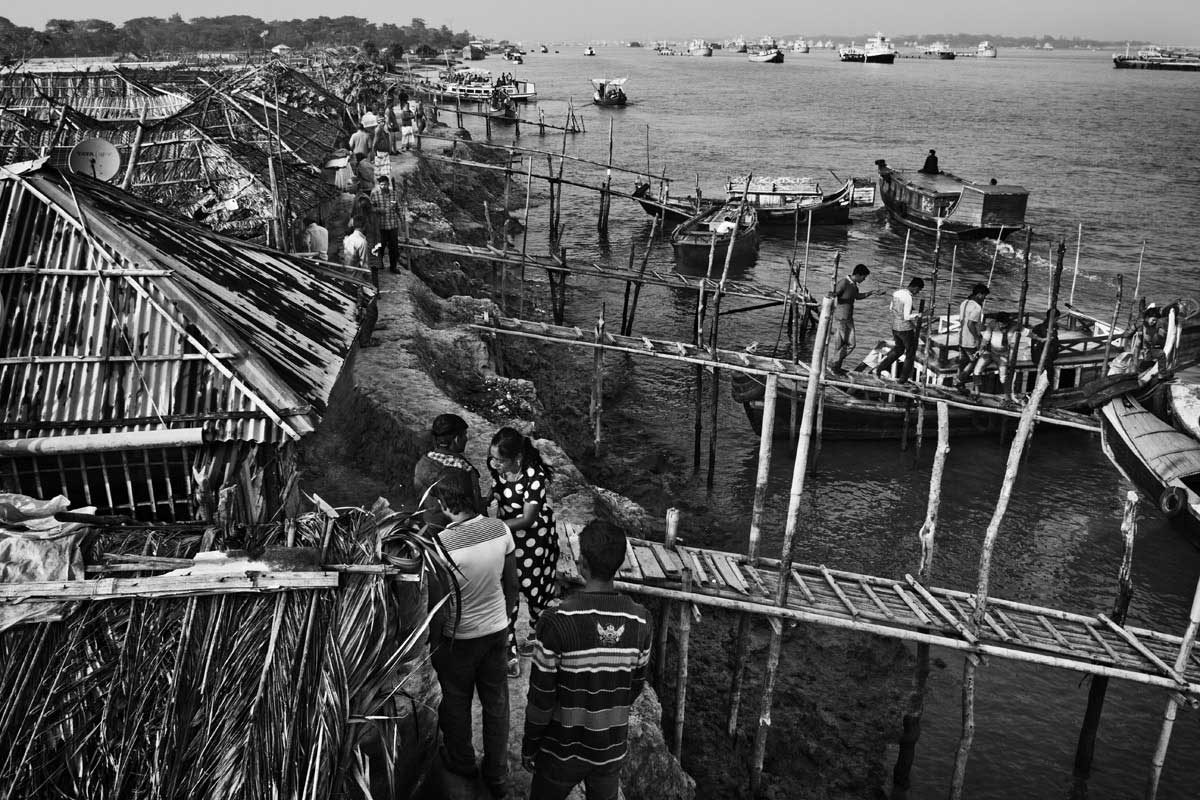
About Manel Quiros
Spanish photographer from Barcelona based in the United Kingdom since 2010. Studied professional photography at the University of Valencia and Visual Communication and Photojournalism in Edinburgh and Glasgow. He has collaborated with; CC ONG, Naya Nagar ONGD, Red Cross Spain, Red Cross Burkinabe, UNHCR (The United Nations Refugee Agency) and WFP (World Food Programme). His dedication to documentary photography has been developed in several European countries, and also in countries such as; Bolivia, Burkina Faso, Egypt, India, Bangladesh, Thailand and Cambodia. He works professionally on long photographic editorial projects. [Official Website]
